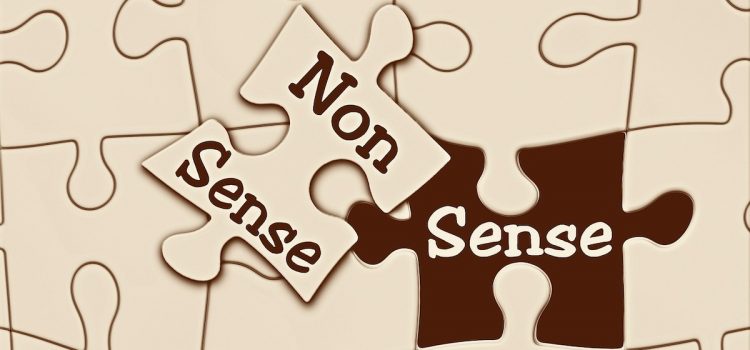What is narrative coaching? Why is it important to disrupt the narrative in coaching? In Coach the Person, Not the Problem, Marcia Reynolds claims that lasting change only will come when people confront the narrative that’s living inside them. According to her, narrative coaching helps to disrupt misguided beliefs and personal values. Keep reading to learn more about narrative coaching, according to Reynolds.
Narrative Coaching: Marcia Reynolds on Stories & Identity










